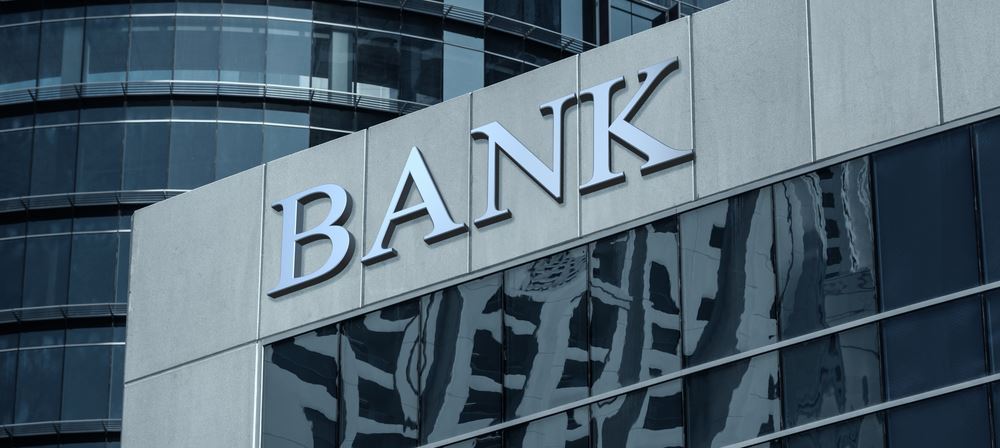Protecting your Business from Cyber extortion

In the shadowy world of security threats and bad actors, cyber extortion is a growing trend. Cyber criminals are taking advantage of the vulnerability of intellectual property, threatening to release potentially embarrassing information publicly and encrypting data to render it useless to the rightful owners, among other sinister practices.
Unlike the risks associated with more traditional cyber theft, such as the loss of customer account data, the risks and costs related to extortion can be indirect and difficult to assess. The conventional thief looks for information, such as credit card numbers, that can be easily converted to money. This data has a direct market value at least on the black market.
An email exchange between key employees, for example, might contain ideas and strategies that, if released publicly, would benefit business rivals. The exchange may also contain candid remarks that would be embarrassing if made public. This could persuade an enterprise to pay an extortionist not to release them.
On the other hand, covert encryption of an email thread could deny employees the ability to review and build upon their own work. Encryption could also potentially trigger a compliance violation if the organization loses its access to data it is responsible for preserving and providing on demand.
Here, Risk assessment is crucial especially considering the range of possible targets for cyber extortion and the varied forms it can take. Some data may pose multiple vulnerabilities. It’s important to know the protective measures and prospective costs associated with each one.
Cyber criminals, for the purposes of extortion, can threaten to shut down computer systems or erase data, infect a company with a virus, publish private information or personally identifiable information on customers or employees, institute a denial-of-service attack or take over social media accounts.
In short, cyber extortion can put a single data repository at risk in a number of ways, each involving distinct technologies both on the threat vector side and the protection side. The protective measures against cyber extortion threats can be as varied as the threats themselves.
Protective encryption of data can safeguard against it being exposed by cyber criminals. However, this does not protect against further unauthorized encryption that could render the data inaccessible. Prompt backup of generated data can protect the data from tampering, such as covert encryption, but does not keep attackers from releasing data taken from stolen originals.
Businesses can take the following steps to help protect against cyber extortion:
- Know your data. A company cannot fully know how much is at risk until they understand the nature and the amount of data they have.
- Create file back-ups, data back-ups and back-up bandwidth capabilities. This will help a company to retain its information in the event that extortion occurs.
- Train employees to recognize spear phishing. All employees should learn the importance of protecting the information they regularly handle to help reduce exposure to the business.
- Do background checks on employees. Background checking employees can help identify whether they have criminal pasts.
- Limit administrative capabilities for systems and social footprint. The less employees with access to sensitive information, the better.
- Ensure systems have appropriate firewall and antivirus technology. After the appropriate software is in place, evaluate the security settings on software, browser and email programs. In doing so, select system options that will meet your business needs without increasing risk.
- Have data breach prevention tools, including intrusion detection. Ensure employees are actually monitoring the detection tools. It is important to not only try to prevent a breach, but to make sure that if a breach occurs, the company is aware as soon as possible. Time is of the essence.
- Update security software patches in a timely manner. Regularly maintaining security protections on your operating system is vital to them being effective over time.
- Include DDoS security capabilities. It is important to have the ability to avoid or absorb attacks meant to overwhelm or degrade your systems.
- Put a plan in place to manage a data breach. If a breach occurs, there should be a clear protocol outlining which employees are part of the incident response team and their roles and responsibilities.
- Protect your business with insurance coverage designed to address cyber risks. Cyber insurance coverage typically provides protection for costs associated with data breaches and extortion events. The right insurance program will also provide access to skilled professionals to manage the event from start to finish.






Responses